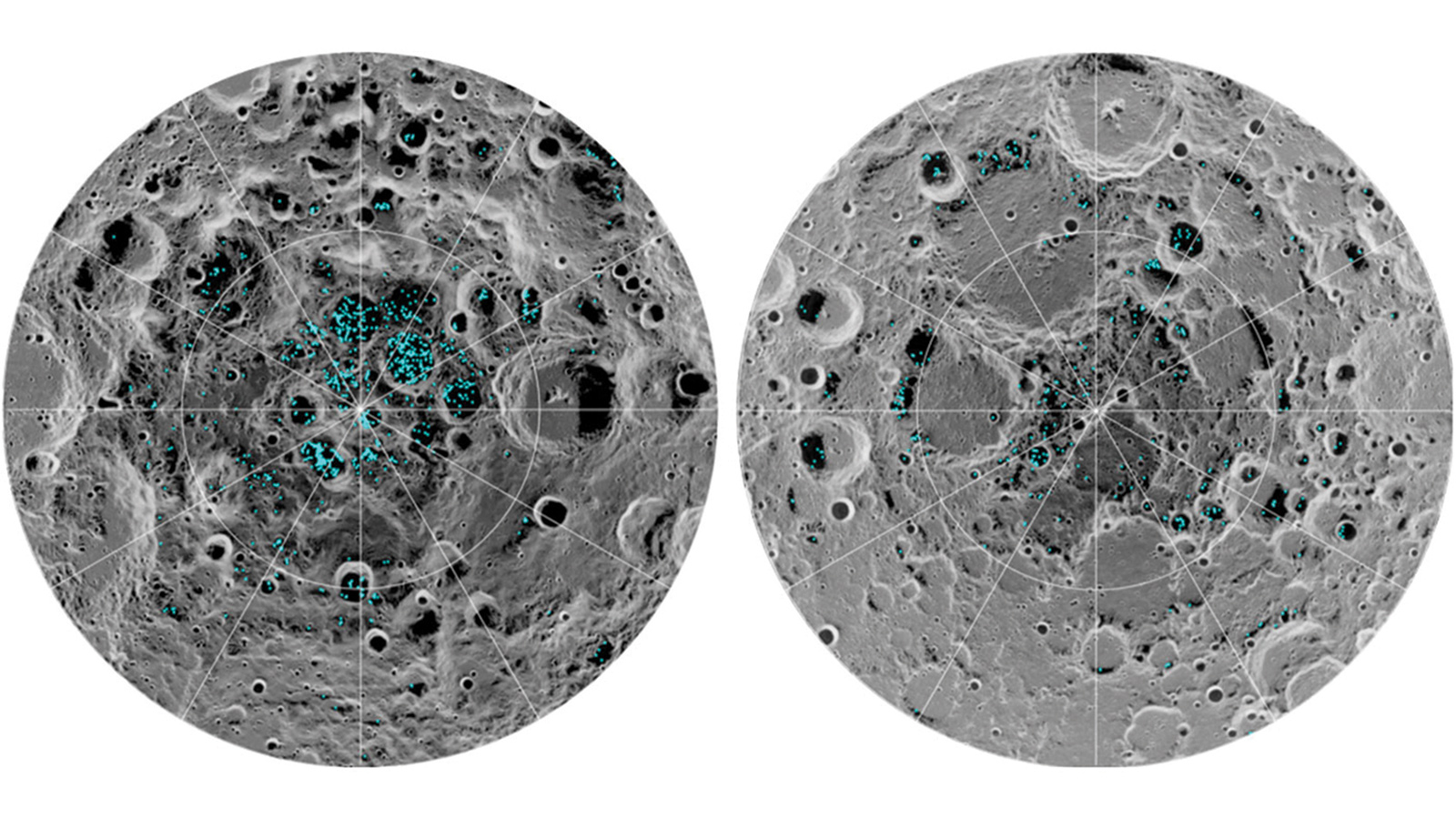Stay Up to Date
Submit your email address to receive the latest industry and Aerospace America news.
The Space Systems Technical Committee fosters the development, application and operation of space systems, and addresses emerging issues in the area.
Amateur astronomer Scott Tilley in January recorded observation of a satellite in high Earth orbit, and with additional observations from NASA’s Goddard Space Flight Center in Maryland and Johns Hopkins Applied Physics Lab, the satellite was confirmed to be NASA’s Imager for Magnetopause-to-Aurora Global Exploration, or IMAGE, which had been assumed lost since 2005. Scientists and engineers at APL have communicated with the satellite since the discovery to understand how the spacecraft lost transmitting power in 2005 and how it began to transmit signals again.
In February, the Opportunity rover celebrated 5,000 sols on the Martian surface, more than 55 times its designed lifespan. The rover continued its mission on the red planet, having traversed more than 40 kilometers on Mars and making countless observations to help us understand the planet. A global dust storm enveloped Mars in June, forcing the rover to shut down and shelter in place.
The Curiosity rover celebrated 2,000 sols on the surface in March as it continues its primary mission of finding life on Mars. Engineers have been developing a new method for drilling since the rover’s drill failed in 2016. The new method was tested, and the rover collected its first drilled sample in May.
NASA’s Transiting Exoplanet Survey Satellite space telescope launched on a Falcon 9 rocket in April to search for exoplanets. Scientists expect the telescope to lead to a dramatic increase in the number of known exoplanets for future study by Earth-based telescopes and the James Webb Space Telescope. Before the primary mission began in late July, the spacecraft captured stunning images of the C/2018 N1 comet located 48 million kilometers from Earth in the southern constellation Piscis Austrinus.
In June, a near Earth asteroid, 2017 YE5, that astronomers at the Cadi Ayyad University’s Morocco Oukaimeden Sky Survey Telescope discovered in late 2017 made its near Earth approach, and scientists used NASA’s Goldstone Solar System Radar in California to make observations. Those observations, along with observations by researchers at Green Bank Observatory in West Virginia and the Arecibo Observatory in Puerto Rico, showed that the asteroid is two distinct objects that are near equal mass and form a binary system. The new observations indicated that the two objects revolve around each other once every 20 to 24 hours. The discovery of a binary object is not uncommon, but having two objects so close in size is rare.
Scientists at the European Space Agency announced in July that data collected by the Mars Express orbiter’s Mars Advanced Radar for Subsurface and Ionosphere Sounding instrument showed liquid water buried under layers of ice at the Martian south pole. Years of development led to the subsurface-probing instruments used to confirm what has long been suspected of Mars. The data shows that the south polar region of the planet has many layers of ice and dust down to a depth of 1.5 km in the study area. In August, scientists from the University of Hawaii, Brown University and NASA’s Ames Research Center in California used data collected by NASA’s Moon Mineralogy Mapper instrument on India’s Chandrayaan-1 spacecraft to show evidence of water ice at the lunar poles. Most of the water is found in the near-permanently shadowed craters at the poles. The discoveries on Mars and the moon could have momentous impact on the future of space science and human exploration beyond Earth orbit.
Images: The distribution of surface ice at the moon’s south pole, left, and north pole, detected by NASA’s Moon Mineralogy Mapper on India’s Chandrayaan-1 spacecraft. Blue represents the ice locations, plotted over an image of the lunar surface, where the gray scale corresponds to surface temperature (darker representing colder areas and lighter shades indicating warmer zones). The ice is concentrated at the darkest and coldest locations, in the shadows of craters. This is the first time direct observation and definitive evidence of water ice on the moon. Credit: NASA
Stay Up to Date
Submit your email address to receive the latest industry and Aerospace America news.




